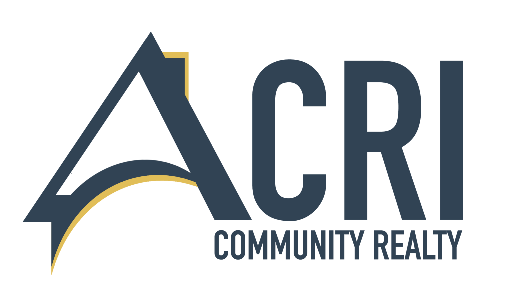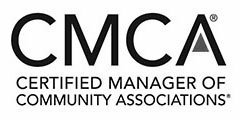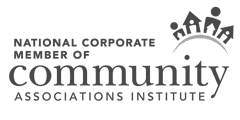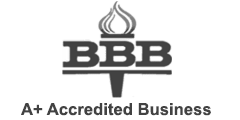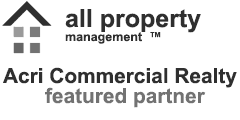Effectively running a successful homeowners’ association (HOA) is a daunting task. Volunteer Boards must meticulously manage the day-to-day tasks and maintenance of the community. Plus, they have to field any concerns or questions and keep the community financially stable.
The good news is that Boards do not have to do everything alone. Instead, they can rely on committees, one of the best ways to share responsibilities, involve residents, and ensure the community thrives. When you structure your committees properly, they not only ease the workload of the Board but also build stronger homeowner engagement.
Here’s how to build effective HOA committees that will support your Board and help your HOA thrive.
Why Committees are Important
Committees are essential to community association management. They allow your Board to delegate specific tasks while giving homeowners a chance to contribute their skills and perspectives to the community. Whether it is organizing social events, reviewing architectural requests, or overseeing landscaping projects, committees can help the HOA Board significantly.
Here are a few more advantages that having robust committees can provide to your community.
- Homeowner involvement and engagement.
- Specialized expertise.
- Greater community spirit and collaboration.
Types of HOA Committees
Every community has unique needs, but some committees are particularly helpful. These committees are the most common in HOAs across the Board.
- Architectural Review Committee (ARC): This committee oversees design requests, property modifications, and ensures adherence to community standards.
- Finance Committee: This committee assists with budgeting, reserve planning, and reviewing financial reports.
- Social/Events Committee: This committee organizes gatherings, events and is instrumental in fostering community engagement.
- Maintenance or Landscaping Committee: This committee supports the upkeep of common areas and interfaces with vendors.
- Safety/Emergency Preparedness Committee: This committee focuses on resident safety, disaster planning, and emergency communication strategies.
Steps for Building an Effective HOA Committee
If you are starting to add committees to your community association, you do not need to include all of them at once. We recommend starting with one or two, and once you have established an effective committee creation process, you can add more.
No matter the committee type, all committees share certain qualities that make them great. You will need to foster these qualities as you establish and manage your committees.
- A clear purpose and guidelines: Define the committee’s responsibilities and guidelines in writing, so there are no misunderstandings.
- Strong leadership: Appoint a chairperson to guide committee meetings and coordinate with the Board.
- Defined membership terms: Establish term limits and encourage member rotation to keep the ideas fresh and provide more opportunities for homeowner participation.
- Open communication: Require regular updates to the Board and community at large, which will ensure transparency and accountability of the committee.
- Board oversight: Ensure your Board retains ultimate decision-making authority and ensure the committee’s work continues to align with community goals.
Building effective committees does not just support your Board; it can also strengthen your entire community.
At ACRI Community Realty, we can help your committees get off on the right foot. From drafting committee charters to training leaders, our team provides the support you need.
Contact ACRI Community Realty today!
